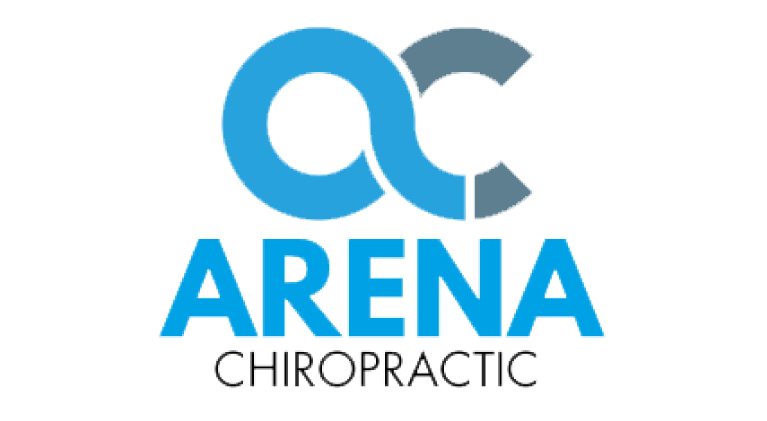Many people – adults and children – are familiar with the marvelous animated feature “The Lion King”. Most have found themselves humming the film’s theme “The Circle of Life” long after they’ve stopped actively thinking about the film itself. “The Circle of Life” is not only a terrifically catchy tune, but is also a powerful metaphor. And as is often the case, what we find in our outer experience is also true in our inner experience.1
In our outer experience, the circle of life suggests that all life is multiply interconnected. Forests, for example, convert carbon dioxide into oxygen and release oxygen gas into the environment, providing a life-giving source of energy for all animals, including humans. Forests provide shade, shelter, and habitat, nurturing and supporting the growth of countless plant and animal species. Forests reduce soil erosion, purify air and water, and influence local and regional climates. Forests are one among an almost limitless number of examples of the web or circle of life on our planet.
Human physiology demonstrates the circle of life in a microcosm, mirroring planet-wide interconnectedness on an individual, internal scale. For example, actively exercising skeletal muscle creates a cascade of effects across many other body systems, affecting far-flung cells, tissues, and organs. Vigorous skeletal muscle work requires extra glucose and extra oxygen for energy.
If the oxygen supply provided by circulating blood is insufficient, the heart will pump harder and faster and the respiration rate will increase. More oxygen will be taken in by the lungs and blood will flow more quickly to the working muscle tissue. If the glucose supply provided by circulating blood is insufficient, liver cells will break down stored glycogen into glucose. Elsewhere, fat stores may be converted to glycogen, further increasing the potential supply for usable glucose.2
Other systems are required to complete the circle. Muscle activity produces metabolic waste, resulting from the burning of oxygen and use of glucose for energy. The end-products of metabolism must be removed and eliminated. Increased circulation sweeps up these substances which are then disposed of by the kidneys and the large intestine.
This single example of your internal circle of life is repeated throughout the day whenever you do physical work.3 Innumerable physiologic circles of life are constantly engaged in the perpetual motion machine that is the human body. The nervous system is the master controller of all these complex and interrelated activities. Chiropractic care helps ensure a free flow of information back and forth between the brain, the spinal cord, and the rest of the body. Chiropractic care helps ensure the ongoing health, welfare, and well-being of your personal Circle of Life.
1Tyreman S: The happy genius of my household: phenomenological and poetic journeys into health and illness. Med Health Care Philos February 15, 2011 (Epub ahead of print)
2Lazarou C, et al: Lifestyle factors are determinants of children’s blood pressure levels. J Hum Hypertens 23(7):456-463, 2009
3Does participating in physical activity in outdoor natural environments have a greater effect on physical and mental well-being than physical activity indoors? A systematic review. Thompson CJ, et al: Environ Sci Technol February 3, 2011 (Epub ahead of print)




